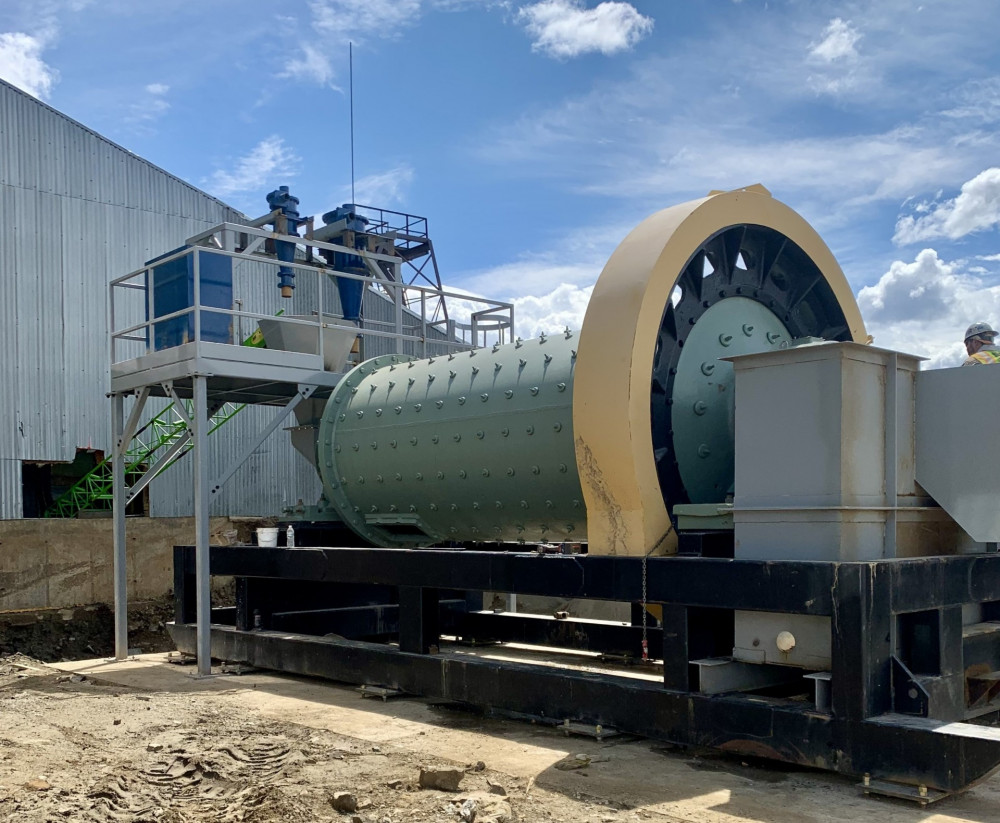Explore Ball Mill Machines: A Complete Guide with Key Insights and Tips
Ball mill machines are one of the most widely used pieces of industrial equipment in sectors such as mining, cement production, pharmaceuticals, and chemical manufacturing. They function by rotating a cylinder filled with steel or ceramic grinding media, which reduces materials into fine powder or specific particle sizes. This grinding process plays a crucial role in raw material preparation, mineral extraction, and product manufacturing.
The concept of ball mills dates back to the 19th century when industries needed efficient ways to grind ores and raw materials. Since then, their design and applications have expanded significantly, making them a cornerstone of industrial operations worldwide.
Importance
Ball mill machines are essential in industries where fine grinding and material size reduction determine product quality.
Why they matter today:
In the cement industry, ball mills help grind clinker into fine powder for producing cement.
In the mining sector, they are key to extracting minerals by reducing ores into manageable forms.
In pharmaceuticals, they are used to mix and grind active ingredients into precise particle sizes for consistent drug formulation.
In chemical and food industries, ball mills assist in producing uniform powders that ensure consistent product performance.
Problems they solve:
Improve efficiency of material processing
Reduce energy waste compared to older grinding methods
Achieve uniform particle size distribution
Enable large-scale production in industries that rely on powder-based materials
Recent Updates
Over the last few years, there have been noticeable developments in ball mill technology.
2023–2024 Efficiency Improvements: Manufacturers introduced advanced lining materials and smart monitoring systems that reduce energy consumption and improve grinding efficiency.
Automation and IoT Integration (2024): Many plants adopted AI-driven monitoring tools to track wear levels, optimize mill speed, and reduce downtime.
Eco-Friendly Trends: With sustainability becoming a priority, energy-efficient ball mills are gaining adoption, especially in Europe and Asia.
Global Market Growth: According to industry reports published in late 2024, the demand for ball mills in the cement and mining sectors is projected to grow steadily through 2030, driven by urbanization and renewable energy infrastructure projects.
Laws or Policies
Ball mill machines and their use in industries are subject to safety, environmental, and energy regulations across different countries.
India: The Bureau of Indian Standards (BIS) sets specifications for industrial grinding equipment used in cement and mineral processing plants.
United States: The Occupational Safety and Health Administration (OSHA) enforces workplace safety standards for operating heavy machinery like ball mills.
European Union (EU): Energy efficiency directives encourage industries to adopt eco-friendly machinery, including high-efficiency ball mills.
China: Government programs promoting green mining practices are pushing companies to upgrade to energy-saving milling equipment.
Compliance with these regulations ensures worker safety, environmental sustainability, and operational reliability.
Types of Ball Mill Machines
Ball mills come in different designs to suit various applications.
| Type | Key Features | Applications |
|---|---|---|
| Horizontal Ball Mill | Rotating cylinder horizontally; common in industry | Mining, cement grinding, chemicals |
| Vertical Ball Mill | Compact design, less footprint | Laboratory use, specialty materials |
| Planetary Ball Mill | High-speed rotation, precise grinding | Nanomaterials, pharmaceuticals, research |
| Vibratory Ball Mill | Uses vibration and oscillation | Fine powders, pigments, ceramics |
| Continuous Ball Mill | Operates without interruption | Large-scale industrial production |
Tools and Resources
To support industries and engineers working with ball mill machines, several tools and resources are available:
-
Simulation Software: Helps model grinding efficiency and optimize mill speed (e.g., Rocky DEM, EDEM).
-
Monitoring Systems: IoT-based sensors that track wear and performance
-
Online Databases: ResearchGate and ScienceDirect provide academic studies on ball mill performance.
-
Industry Reports: Market research from organizations like Allied Market Research and Statista.
-
Technical Guides:Manufacturer websites offer downloadable manuals and operational resources.
FAQs
Q1. What industries use ball mill machines the most?
Ball mill machines are most common in mining, cement, chemical manufacturing, and pharmaceuticals due to their ability to produce fine powders and uniform particle sizes.
Q2. How is a ball mill different from other grinding machines?
Unlike crushers or roller mills, ball mills rely on rotating cylinders filled with grinding media, which allows for finer, more consistent grinding of materials.
Q3. Are ball mills energy efficient?
Modern ball mills with improved liners and monitoring systems are significantly more energy-efficient compared to older designs. Adoption of variable speed drives further reduces energy use.
Q4. Can ball mills be used for laboratory research?
Yes, planetary and vertical ball mills are widely used in laboratories for research in nanomaterials, pharmaceuticals, and advanced materials.
Q5. What safety measures are required when using ball mill machines?
Operators should follow standard safety practices such as protective gear, monitoring equipment temperature, and ensuring compliance with local industrial regulations.
Conclusion
Ball mill machines remain an indispensable part of industrial equipment worldwide, playing a critical role in sectors like mining, cement, pharmaceuticals, and chemicals. With technological advancements, they are becoming more efficient, sustainable, and adaptable to modern industry needs.
Their importance lies not only in grinding raw materials but also in shaping the future of manufacturing and production efficiency. Staying updated with industry regulations, recent innovations, and helpful tools ensures safe and optimized use of ball mills.
As industries continue to modernize, ball mill machines will remain a core component of material processing, blending tradition with innovation in industrial applications.






